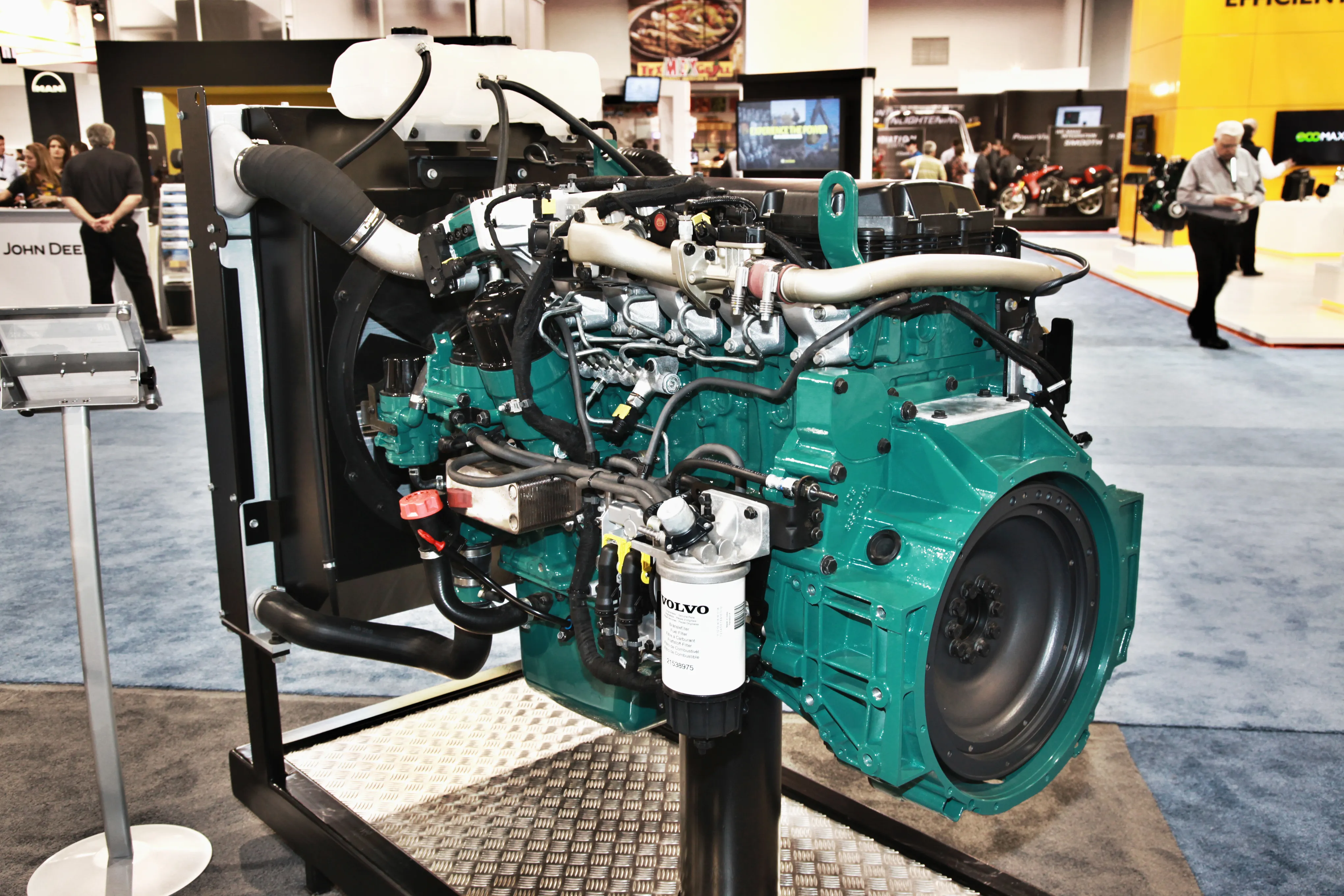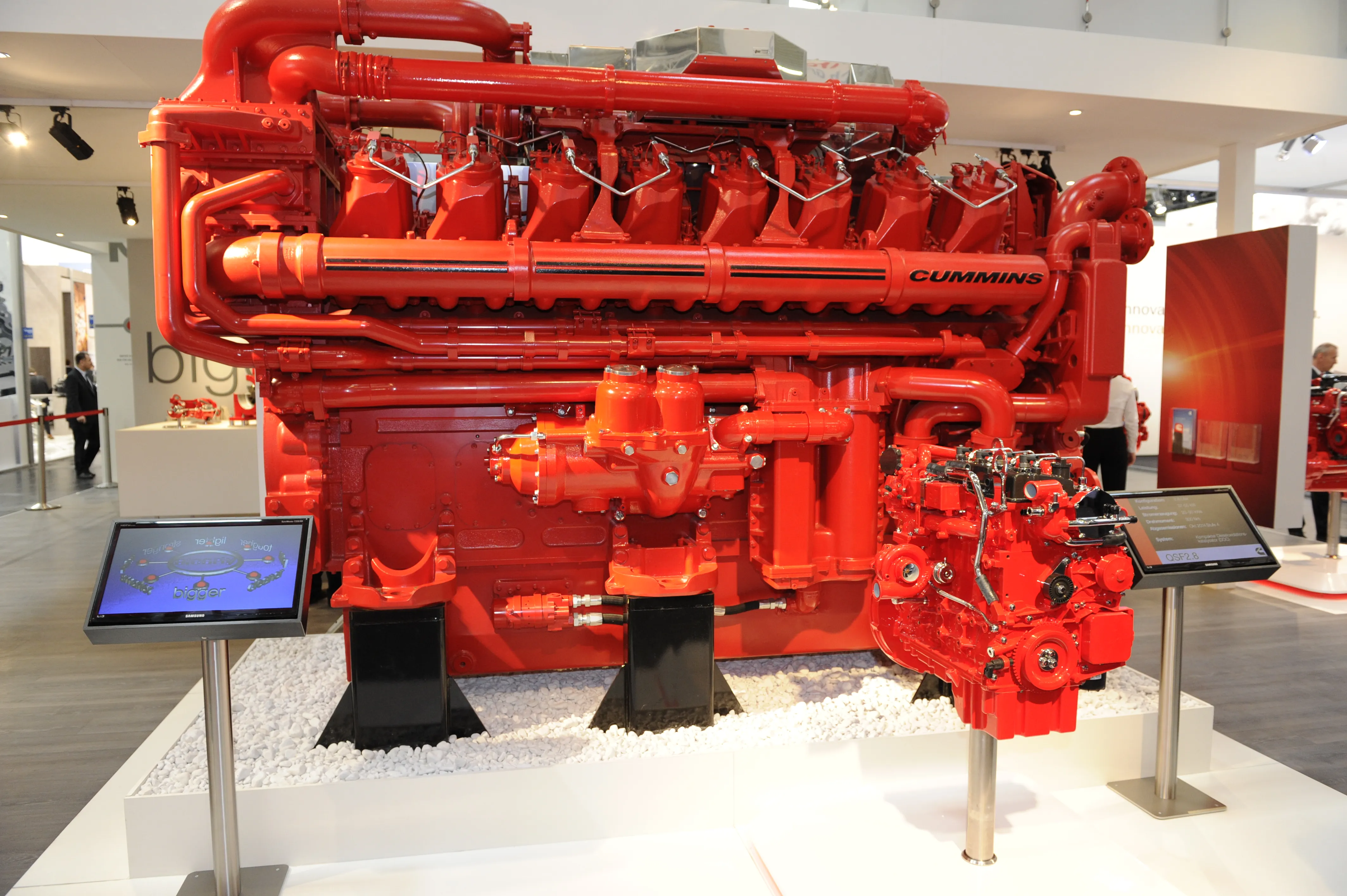Volvo Penta now offers Tier 4 Final emissions-compliant engines from 106-523kW. The range comes in 5-, 8-, 11-, 13- and 16litre capacities and suits a host of off-road applications, including material handling, construction, quarrying and mining. Achieving Tier 4 Final emissions sees Volvo Penta opting for selective catalytic reduction (SCR) technology. The system performs without regeneration or a diesel particulate filter making it a simpler, more versatile and a less costly option for customers, said the
January 6, 2017
Read time: 2 mins

Achieving Tier 4 Final emissions sees Volvo Penta opting for selective catalytic reduction (SCR) technology. The system performs without regeneration or a diesel particulate filter making it a simpler, more versatile and a less costly option for customers, said the company.
To meet Tier 4 Final Volvo Penta redesigned the selective catalytic reduction (SCR) technology already installed in its Tier 4 Interim engines. With SCR technology, a diesel exhaust fluid is injected into the exhaust and reacts with harmful nitrogen oxide (NOx) in the catalytic converter to become nitrogen and water.
Since NOx is created at high temperatures, a light exhaust gas recirculation (light EGR) further contributes to reducing NOx in the Volvo Penta range by lowering the engine’s peak combustion temperature.
%$Linker:







